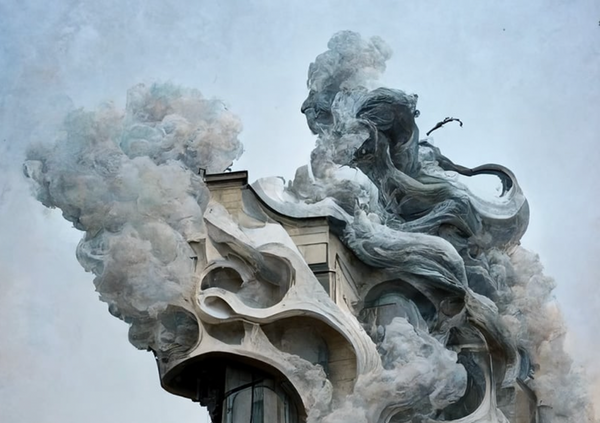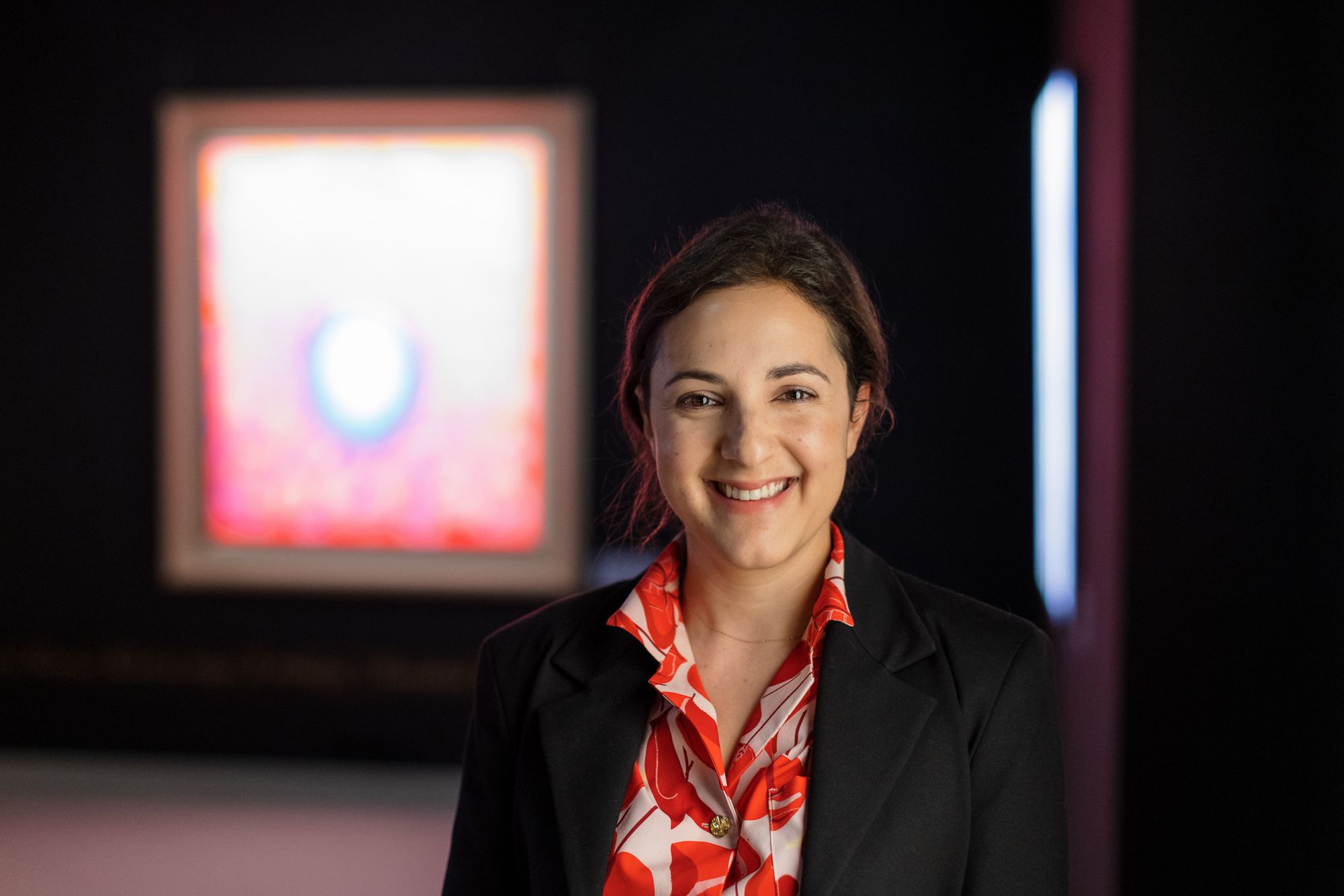The Virág Judit Gallery and Auction House in Budapest opened its doors twenty-five years ago. Since its birth, the gallery has passed several milestones: they have set numerous records in the Hungarian auction scene, and over the years they have also introduced a number of innovations that placed them in the spotlight of the Hungarian art market. We spoke to Anna Kelen, art historian and auctioneer, who is in the process of gradually taking over the management of the gallery, on the occasion of their 10th contemporary auction.
Anna Kelen described herself as being in the fortunate position that fine art and the world of auctions are a permanent and natural part of her life. As a child, her mother and founder of the gallery, Judit Virág, used to take her along to auctions held at different auction houses. “Already then, the atmosphere of this milieu captivated me,” Anna said. After her university years, Anna decided to take part in the gallery’s daily life: it was then that she realized she could also contribute to the family business, and that she wants to learn more about the profession.
We asked the art historian about her position as an auctioneer, the contemporary art market, the new generation of art collectors, and the impact of digitalization on the art trade, amidst the daily buzz at the Virág Judit Gallery and Auction House at 30 Falk Miksa Street. Interview.

Today, you are not only involved in the life of the gallery as an art historian, but you are also in charge of the auctions. How do you feel in this role?
My mother is essentially an icon of auction management in Hungary, so it was a big step for me to take over this role from her. For ten years, I stood by her side as an auction assistant: during that time, I was able to get a first-hand look at the dynamics and rhythm of what she does. Later, we alternated running the auctions until Covid came along. This period felt like the right psychological moment to make such a radical change.
However, every auction is a special experience, truly incomparable to anything else. All the people and the energy, and the work of several months, everything is concentrated in those moments.
Your mother, Judit Virág, was involved in the founding of the first private gallery in Hungary at the time of the regime change, which effectively coincided with the start of the public art trade. How do you see the state of today’s art market? What is the reason for the boom in the contemporary market?
In Western Europe and the US, this development had already happened fifteen to twenty years ago—we in Hungary have only reached this point now. Part of this boom is also due to the appearance of a younger collector base. Ten years ago, buying art was more the preserve of the older generation, but today—guided by different principles—buyers in their forties and thirties are also present. Younger people, just like with literature or cinema, are drawn to the contemporary rather than the classics.
On the other hand, it is also a natural phenomenon that once a classic artwork enters the market, it no longer has the power of novelty. Therefore, after a certain time, this circle closes, as the pictures that caused a sensation run out. Someone buys them, they become part of a collection, and then they don’t reappear for fifteen years. Because most people are looking for the latest and freshest sensation, this opens the scissors, and we move away from the classics towards contemporary works.
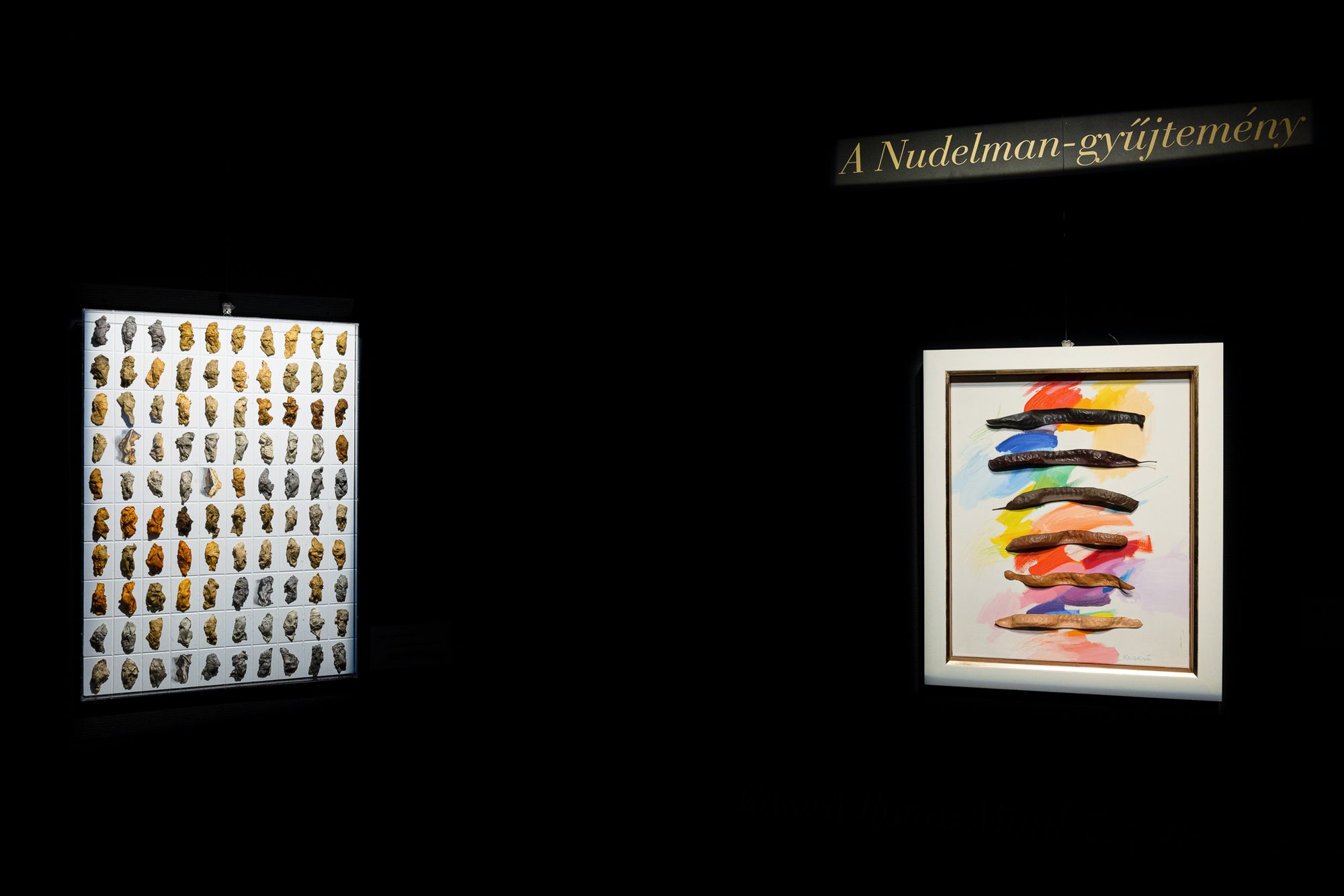
The gallery’s mission is to find and showcase masterpieces of Hungary’s modern painting, however, in November 2019 you decided to expand your focus to the contemporary art market and organized your first contemporary auction. Compared to a classical modern work, what determines whether or not a contemporary art piece is auctioned?
An auction house is, in fact, already a secondary market, i.e. a second stage. The difference between us and a contemporary gallery is that we do not deal directly with the artists, but with the collectors. For this reason, a contemporary auction does not include the most recent works: at the Virág Judit Gallery, we draw the line at the years 2000 and 2010. Our focus is on artists who started their careers in the 60s, 70s, and 80s, in other words, artists who are part of the canon and not newcomers anymore.
Today, you are preparing your 10th contemporary auction. Tell us about the new selection.
The focus will now be on a couple of pieces from László Nudelman’s collection. László is a fascinating personality: a genuine, die-hard collector. He started collecting stamps at the age of nine and became involved with painting in the 1970s. He first met Dezső Korniss, then Ilona Keserü, followed by Dóra Maurer, and then slowly by other artists and major collectors of the time. He built up his collection systematically, with the idea of acquiring the best works from each artist, who were at the start of their career at the time. Sometimes he would wait years or even a decade for an art piece. Today, it would be impossible to build up a collection of works by these artists like the one he created.

In one of your interviews, you mentioned that the success of a bid for an artwork depends not only on aesthetics or the name of the artist but also on the unique history of the work. Which particular pieces from the collection would you highlight?
The auction includes several masterpieces from the Nudelman-collection. The abstract, strictly geometrical works are often difficult to identify with, but most of István Nádler’s paintings refer to a historical phenomenon, or a place or event in his own life. One such work is Gyász IV. (Grief IV.), in which the artist deals with the loss of his father. The painting was made in the seventies, which is in fact Nádler’s most sought-after period—the Centre Pompidou in Paris has just acquired one of his works from ’76 for its collection. As well as being a symbolic piece and an important chapter in the artist’s oeuvre, it is also from his period that is most popular on the international market.
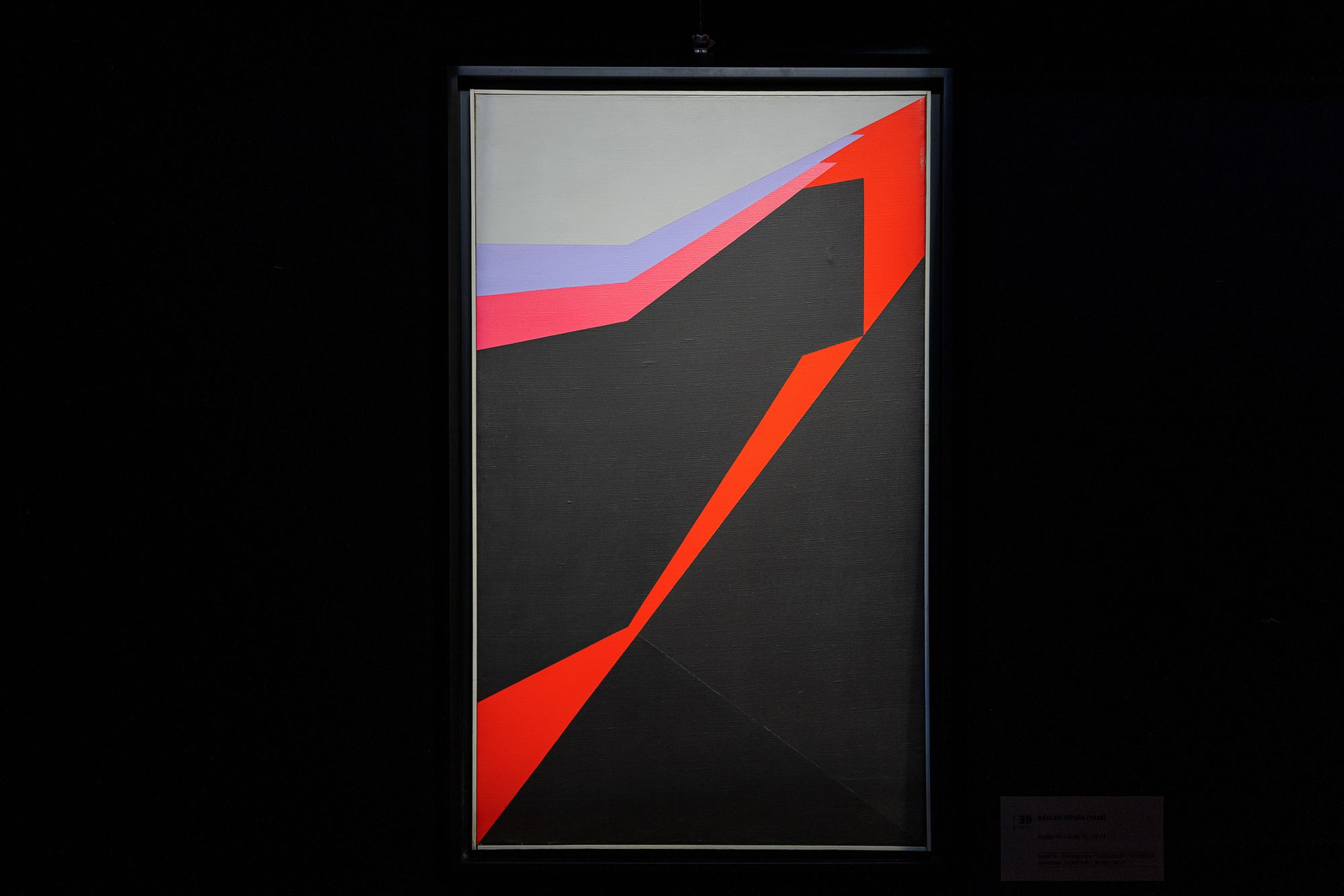
Another highlight is a work from Ilona Keserü’s Mind (All) series. The series’s title is a reference both to all the colors and to all the human skin tones. As the artist experimented with colors and moved her hand in front of the canvas while painting, she realized that these colors harmonized with her skin tone, and not only hers, but with the skin tone of all people. Thus, she created a series from it: the background of the works shows a color palette, with different skin tones painted in the foreground. This piece still has a very positive message today, it reflects open-mindedness. Another painting by Ilona Keserü (from the 90s), called Kócos nap (Utókép) (Tousled Sun [After-Image]), will also be available at the auction. It is another sensual and exciting work. Furthermore, an early conceptual work by Dóra Maurer from the 70s, and a more recent work from the 90s will also be on offer. In the latter, Maurer has also focused on the colors, and it’s a very visual, playful, and lovable piece. In addition, the auction’s repertoire will also include artists active in the 50s and 60s, such as Endre Bálint, Dezső Korniss, and Lili Ország—again, beautiful, early pieces from these artists, which is quite rare.

Although you specialize in Hungarian art from the 20s and 30s, do you have any favorites in the collection?
A collection is a truly intimate matter because it is in fact someone’s personal testimony. To be able to display such material is really exciting—each piece has its own story: how it came to the collector, or what memories connect them to each piece.
As an art historian, I also love the research side of my job. It’s exciting that every painting has a two-fold story. It’s fascinating to see what happens to a painting after it comes off the easel, where it goes, and what kind of collection it ends up in. The process of unraveling this is like a jigsaw puzzle where, when you put the pieces together, you get a completely unique picture for each piece of art. I think this type of work can add a lot to a painter’s oeuvre.
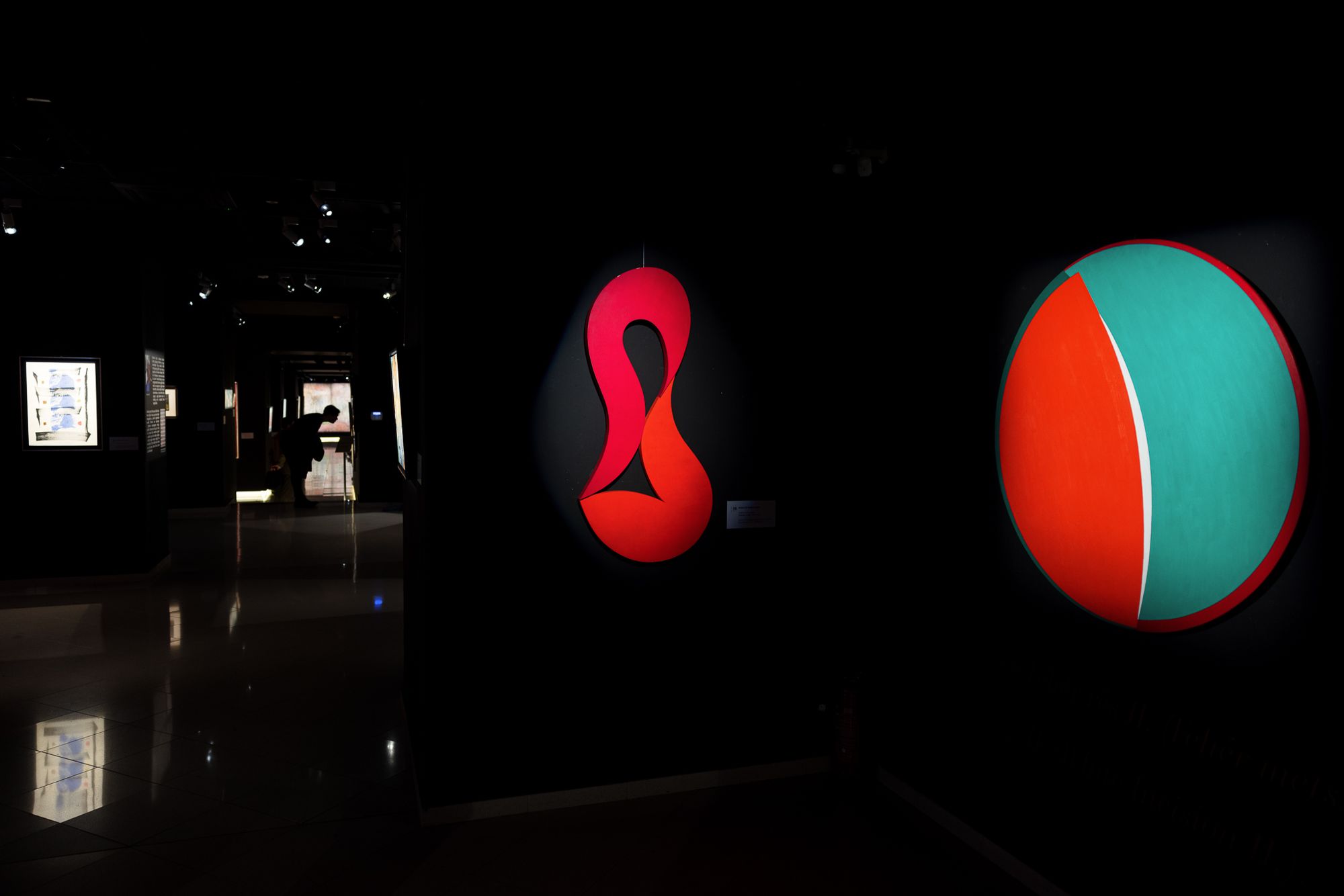
How big is the difference between the price of a top contemporary art piece nationally and internationally? Where is Hungary now?
Internationally, the most expensive classical artwork sold is a Leonardo da Vinci, which was sold for $450 million, and the most expensive contemporary piece sold is a Jeff Koons, which went for over $90 million, a quarter of the price of the classical work. In Hungary, the most expensive painting sold was Csontváry’s Mysterious Island for HUF 460 million, and the most expensive contemporary painting was Ilona Keserü’s Marilyn and the Sea for HUF 55 million. So the difference between the two prices is much greater than internationally.
Virág Judit Gallery’s auctions are usually preceded by a free exhibition. To what extent is it your mission to reach out to the general public?
What I see today is that there is a kind of elitism around art: everyone is excusing themselves for not understanding art, but actually, they don’t need to understand it. The same way that you don’t have to be a literary scholar to read a book, you can visit a gallery without knowing anything about art history. With the exhibitions accompanying the auctions and the free art publications that go with them, we aim to gradually break down this wall. We experience that this is working because the audience is really getting younger and people are becoming more and more open.
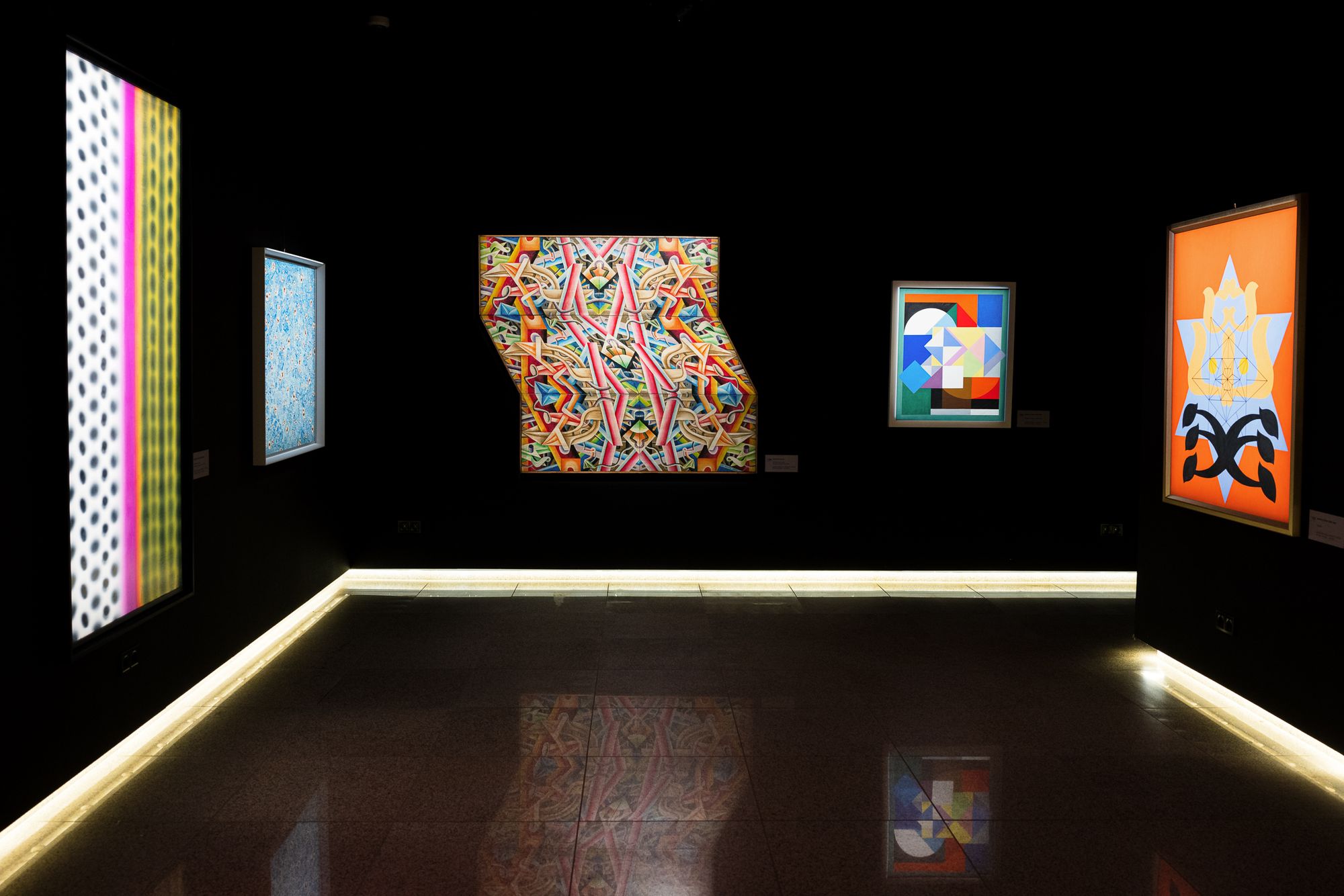
In the luxury market, some brands and retailers are a bit hesitant to embrace digital marketing and sales channels for fear of losing exclusivity. What importance do you attach to digitalization? Do you focus on this, or rather on maintaining traditions?
Digitalization is inevitable, but it makes auctions very complicated: it makes them cumbersome and slow. It is precisely this particular theatricality that is being lost with it. And we prefer not to let go of that completely. We didn’t do online auctions until the pandemic, but then we had to take this step, and obviously, you can’t go backward after that. Digital solutions are necessary, but we still have a long way to go in this and learn how to reconcile it with traditional means. For an online-only auction, this is much simpler, but hybrid solutions are more complicated: it requires a fundamentally different rhythm for those on the ground and those following the event online. For the latter, a slower process is preferred, while those who are there in person prefer the momentum and the dynamic pace. We are still trying to find a balance.
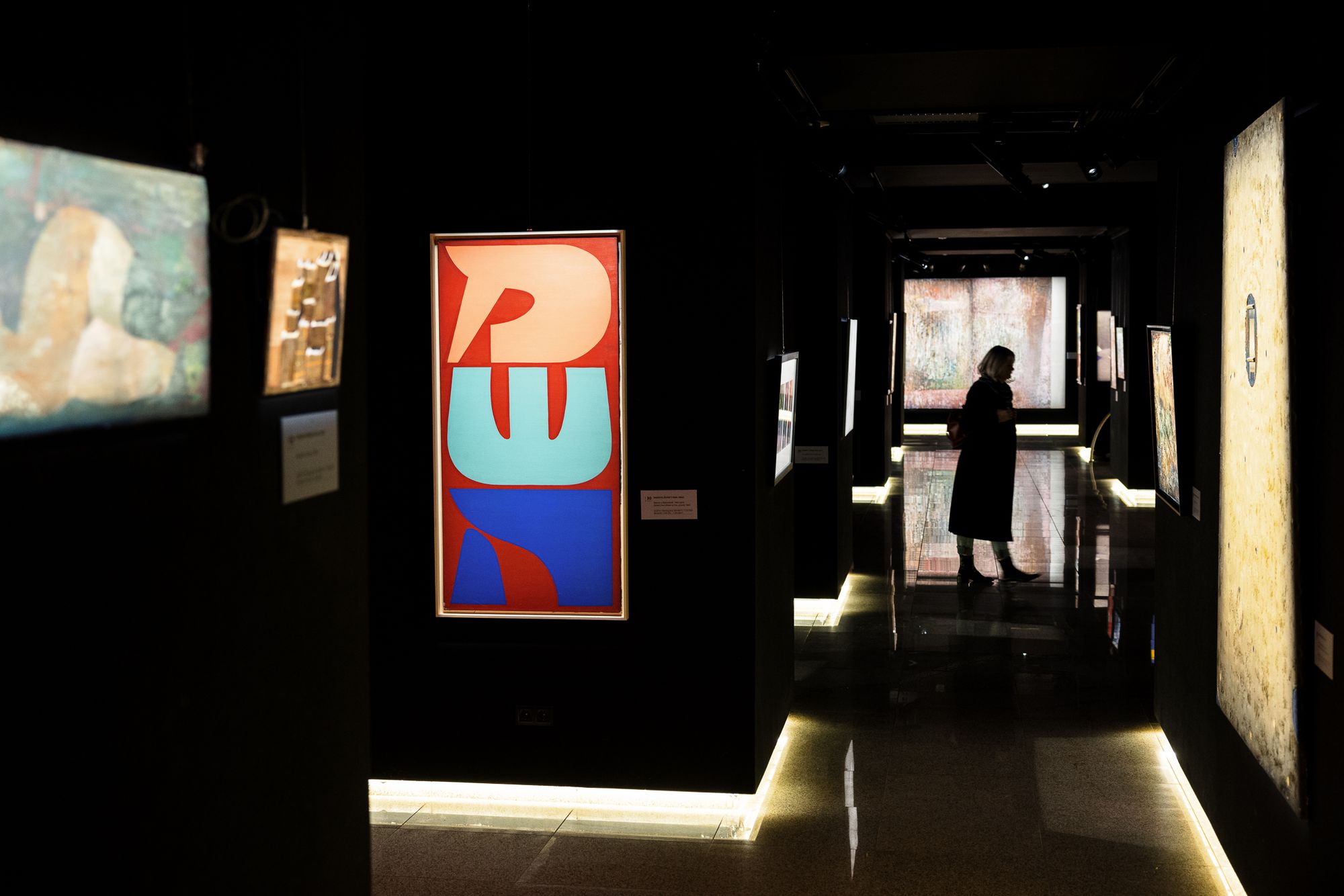
The gallery and auction house has reached several milestones over the past decades. Already the very first auction was a record-breaker, with József Rippl-Rónai’s Zorka, kékköves gyűrűvel (Zorka with a Green Stoned Ring) selling for HUF 21 million. But several Hungarian auction records from past decades are also linked to the gallery. As an auctioneer and art historian, what do you consider your most important milestones?
The aforementioned Mysterious Island by Csontváry sold for HUF 460 million, which set a record—this is certainly an important milestone for me. In addition, the first contemporary auction in 2019, which you mentioned earlier, was also pivotal, both because it was the first one I led alone, and because it was the first auction we held that focused exclusively on contemporary art. It was a great success, as everything got sold and very high prices were achieved. Although the boom of contemporary had already started earlier, this auction is also important because, from that moment on, prices that had only been rumored about became transparent. I believe it was a significant moment not only in my personal career but also for the market.
It is fair to say that you have always managed to react in appropriate ways to events around you: whether we think of the moment of opening the auction house; the introduction of exclusive catalogs to complement your auctions, following the Western European model; or the online auctions during the pandemic. What are your goals for the gallery? What are you looking to innovate in the Hungarian market?
I think the focus now is not necessarily on innovation, but more on the fact that, while we are constantly moving forward in our digital and online presence, we can maintain the tradition of our operation and the personal quality of our auctions.
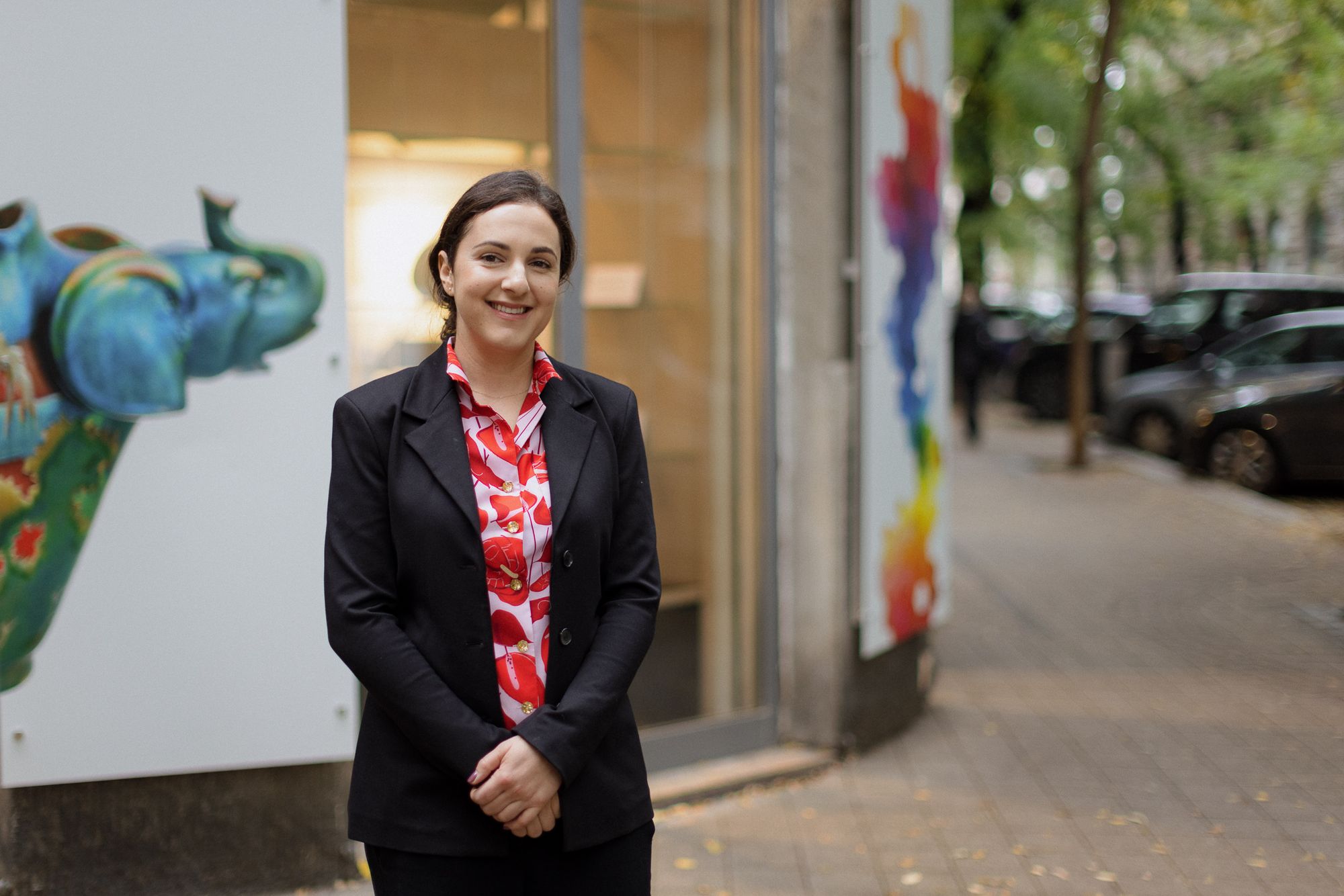
The 10th Post-War and Contemporary Art Sale will take place at the Budapest Congress Centre on the 13th of November.
Photos: Balázs Mohai
Virág Judit Galéria and Auction House | Web | Facebook | Instagram
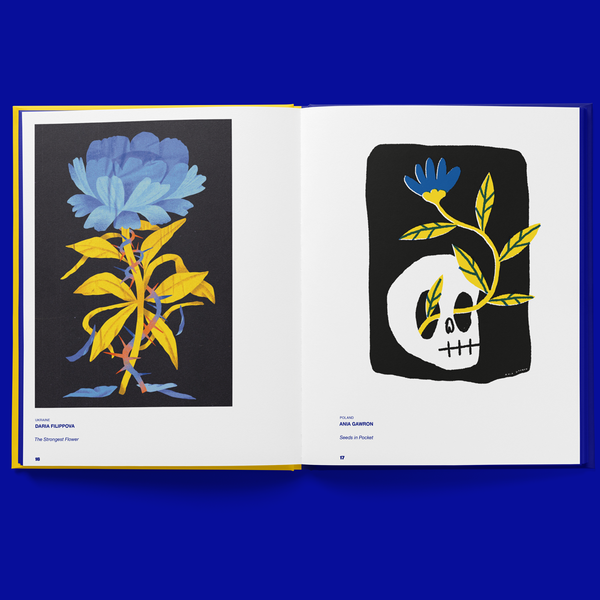
Art against war

The best indie video games in Eastern Europe | TOP5
